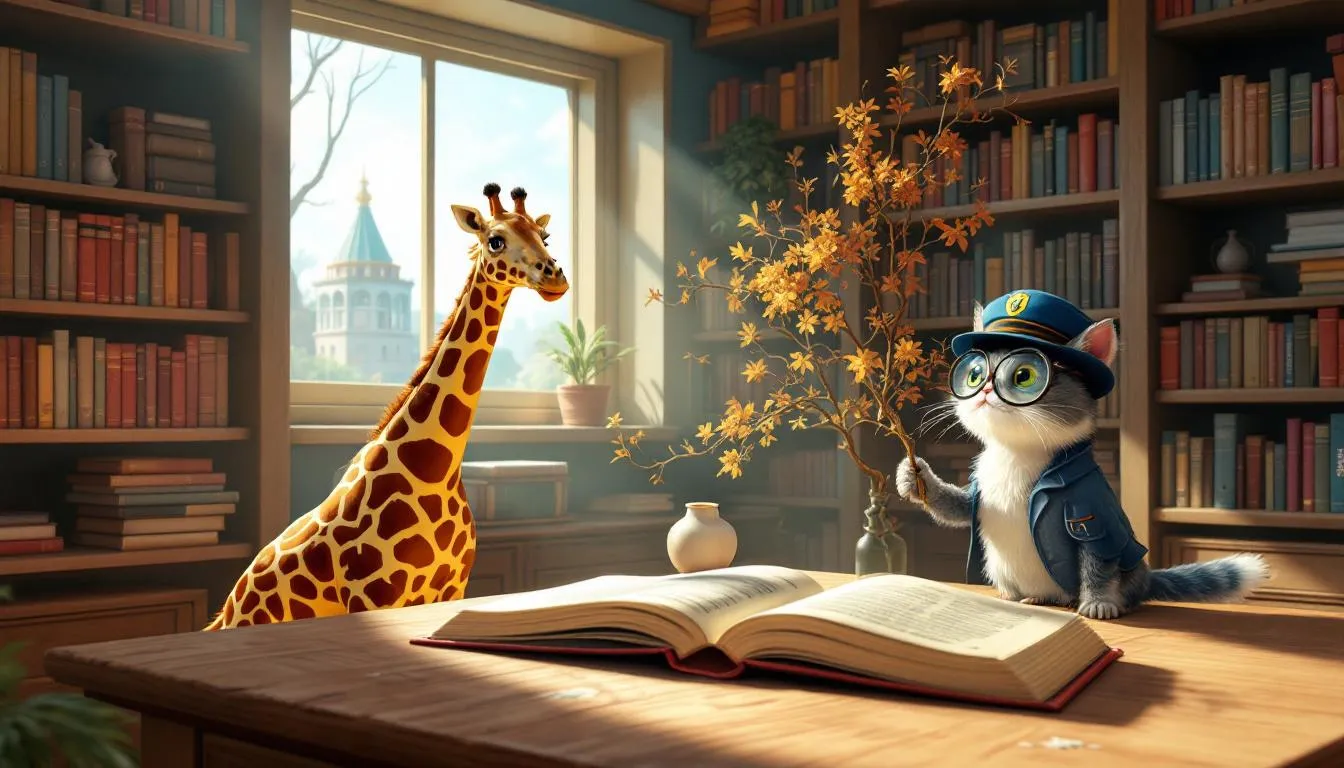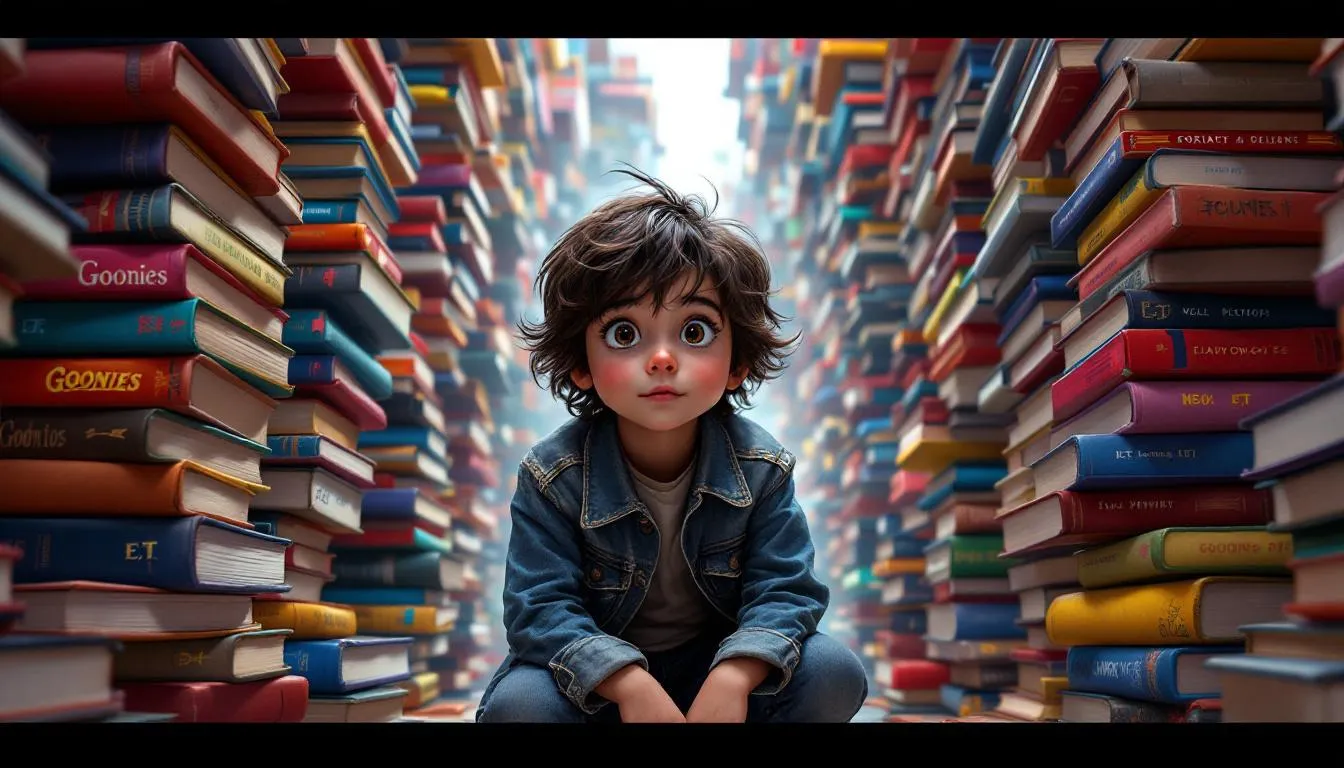Table of Contents
Quick Answer
Evangelical children’s books, a niche in literature, often blend religious teachings with traditional gender roles. These narratives can reinforce outdated stereotypes, influencing young minds to fit predetermined societal molds. Indeed, evangelical kids books can perpetuate gender stereotypes, potentially shaping children’s views on gender roles and expectations.
Understanding the nature of these books and their conveyed messages is essential, especially during the formative years of a child’s development.
What Are Evangelical Kids Books?
Evangelical children’s books represent a unique facet of literature, weaving biblical teachings into engaging tales for young readers. These books aim to instill Christian values and beliefs early on, often drawing from Bible stories, moral lessons, and characters exemplifying Christian virtues.
Historically, evangelical literature for children traces back to 19th-century Sunday School materials and religious tracts. Over time, these books have evolved, incorporating colorful illustrations and modern storytelling to captivate today’s young audience. I recall finding a book at my grandmother’s house that was part comic, part Bible story—a captivating blend I couldn’t put down as a child.
Common themes in these books include humility, obedience, and service, often portraying characters whose faith is tested, leading to stronger devotion. However, these narratives can sometimes rely on traditional gender roles, depicting boys as brave leaders and girls as nurturing caregivers.
Understanding these books’ nuances is key to recognizing their influence on young minds. It’s crucial to consider how children receive these stories and the values they promote as we delve deeper into their impact on gender perceptions.
How Do These Books Indoctrinate Young Minds?
Evangelical kids books employ a subtle art of embedding religious teachings within their stories. They often begin with familiar biblical narratives, cleverly weaving in lessons about faith, morality, and the importance of certain values. I remember reading about a shepherd boy facing a giant problem, much like David. The solution? Pray and remain faithful—a simple yet powerful message that resonates.
Beyond overt lessons, these books can subtly shape young minds. Political undertones might present a particular worldview, emphasizing community over individuality or portraying authority figures as infallible, gently guiding children toward a specific mindset.
Storytelling techniques play a crucial role. Evangelical books use approachable language and engaging plots to captivate children, making the moral of the story not just heard but felt. Techniques like repetition, relatable characters, and emotional scenarios reinforce messages without being overtly didactic. It’s a gentle nudge encouraging kids to internalize certain beliefs.
This naturally leads us to consider the specific gender roles portrayed within these narratives and their influence on young readers’ understanding of gender.
What Gender Stereotypes Are Present?
Gender stereotypes in evangelical kids books stand out once noticed, like a zebra in a horse stable. These books often depict traditional roles, encouraging boys to be brave, strong leaders and girls to be nurturing, gentle supporters. It’s the classic fairy tale formula with a biblical twist.
Consider the story of David and Goliath. Some evangelical adaptations depict David not just as a hero of faith but as the quintessential brave leader, subtly encouraging boys to emulate him. Stories of women in the Bible, like Ruth or Esther, often emphasize their roles as caregivers and supporters, highlighting virtues like humility and service. While admirable, these repeated themes can confine girls to limited roles.
The impact of these stereotypes on children is profound. Kids absorb these narratives, integrating these roles into their worldview. Boys might feel pressured to always be the ‘knight in shining armor,’ while girls might believe their ultimate role is to be the ‘damsel’ or caretaker, limiting their perception of their potential and aspirations.
Exploring how these literary portrayals influence young readers on a deeper level reveals their impact on worldviews and self-identities.
How Does This Literature Affect Young Readers?
Imagine a child hearing stories where the hero is always a brave boy and the girl always needs help. These narratives can seep into a child’s cognitive and social development, shaping their self-view and perceptions of others. During formative years, children absorb not just information but also subtle cues about societal roles.
These stories influence their understanding of gender roles, leading them to internalize specific expectations. A boy might grow up thinking he must be the protector or leader, while a girl might feel her value lies mainly in supportive roles. This can limit their self-perception and aspirations, affecting confidence and the willingness to explore interests outside traditional roles.
The long-term effects of such literature are significant. As children grow, the stories they read contribute to forming their identity and worldview. They may find themselves confined to roles that don’t align with their true interests or talents. A friend once shared that as a child, she felt compelled to play the ‘nurturing’ role in group activities due to the books she read, only realizing her passion for leadership later in life.
Experts in child development suggest that repeated exposure to these stereotypes can lead to a narrow understanding of gender capabilities, influencing choices in education, career, and relationships. Parents and educators must be aware of these narratives’ potential impact.
Encouraging critical thinking in children becomes essential to cultivating a more inclusive mindset. Empowering them to question and analyze content paves the way for more diverse and inclusive storytelling.
What Are Strategies for Encouraging Critical Thinking?
One effective strategy for fostering critical thinking in young readers is introducing a diverse reading list. By exposing children to various stories and perspectives, they learn that there are multiple ways to view the world. I recall my child being captivated by a series about a young girl explorer, which broadened her horizons and showed her that courage isn’t tied to gender.
Encouraging open discussions about the content children read is another powerful approach. This doesn’t mean turning every storytime into a debate but creating a space where kids feel comfortable sharing their thoughts and questions. I often ask my kids, “What do you think this character might have done differently?” or “How would you feel if you were in this story?” These discussions help them articulate thoughts and understand that stories can have multiple interpretations.
Teaching children to question and analyze what they read is a valuable skill beyond literature. We play a game at home where we try to find the “hidden message” in a story. It’s a fun way to practice critical thinking, leading to intriguing conversations about character motivations and the messages behind their actions.
Fostering this skill set broadens their understanding and prepares them to embrace more inclusive narratives, setting the stage for exploring how children’s literature can promote inclusivity.
How Can Inclusivity Be Promoted in Children’s Literature?
Promoting inclusivity in children’s literature goes beyond diverse characters; it involves creating stories that reflect our multifaceted world. This begins with identifying and supporting books celebrating diversity, where characters of all genders, cultures, and abilities are depicted in varied roles, breaking traditional molds. One of my favorite finds was a book featuring a girl as a bold astronaut and a boy as a compassionate nurse, beautifully challenging conventional roles.
Parents and educators play a crucial role in diversifying the literature children are exposed to. By actively seeking and introducing books with diverse perspectives, they can broaden a child’s horizons and spark meaningful conversations. In our family, we make it a point to have a “book of the month” featuring underrepresented voices, leading to eye-opening discussions at the dinner table.
Several initiatives and movements are dedicated to promoting inclusivity in children’s literature. Organizations and publishers increasingly recognize the need for diverse narratives, working to bring more inclusive books to the shelves. The “We Need Diverse Books” movement has been a powerful force in advocating for more representation in children’s stories.
Promoting inclusivity isn’t just a trend—it’s a necessary evolution in storytelling. This shift enriches children’s reading experiences and prepares them for a more connected and understanding world.
Key Takeaways
- Recognizing the content of evangelical kids books is crucial to understanding their influence on children’s gender perceptions.
- These books can shape beliefs about gender roles and subtly impact political views, influencing a child’s development and worldview.
- Introduce diverse books to your child’s reading list to promote inclusivity and broaden their perspective.
- Encourage open discussions about stories to cultivate critical thinking and empower children to question narratives.
Each story is an opportunity to expand your child’s understanding and appreciation of the world. Let’s inspire them to read widely and think deeply!







